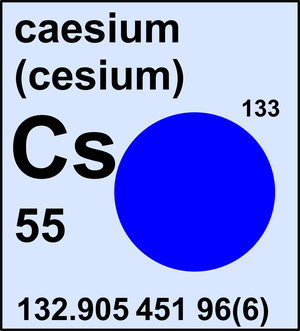
In 1839 Robert Wilhelm Bunsen was transferred to the University of Marburg, where he continued his work on cacodyl compounds and the development of gas analytical methods, a work that brought him quick and wide recognition. Gas Analytical Methods and the Zinc-Carbon Battery He made suggestions on how the heat could be used better. He found that only 20% of the carbon monoxide was used for the reduction process and the majority escaped unused from the blast furnace. In England, Bunsen carried out investigations on English blast furnaces with Playfair in 1847. During his first work on blast furnaces, Bunsen discovered that 75% of the calorific value of coal was not used. blast furnace gas) in the then important ironworks north of Kassel in Veckerhagen.

In 1838 Bunsen undertook fundamental physical and chemical investigations of the processes taking place in the blast furnace (e.g. There he began research into cacodyl compounds ( tetramethyldiarsan As2(CH3)4 and derivatives), whereby he was injured and partially blinded by a violent explosion in the right eye as early as 1836.

In 1836 Bunsen succeeded Friedrich Wöhler at the Höhere Gewerbeschule (Polytechnic) in Kassel. After the death of Friedrich Stromeyer (1835) and before the appointment of Friedrich Wöhler (1836) to the chair of chemistry at the University of Göttigen, Bunsen temporarily took over the chair. His discovery of iron oxide hydrate is still used today as an antidote to arsenic poisoning. During this time he met Friedlieb Ferdinand Runge and Justus Liebig in Gießen as well as Eilhard Mitscherlich in Berlin.īunsen habilitated in Göttingen in 1834 and began experiments on the (in)solubility of metal salts of arsenic acid. From 1832 to 1833 he travelled through Western Europe on a scholarship from the state government to further broaden his education. He received his PhD in 1831 with a dissertation Enumeratio ac descriptio hygrometrorum quae inde a Saussurii temporibus proposita sunt on hygrometers. After finishing school in Göttingen and finishing high school in Holzminden, he studied natural sciences, with a focus on chemistry and mathematics at the University of Göttingen. While Bunsen’s baptismal entry and a handwritten curriculum vitae refer to March 30, 1811, several reference works mention March 31 as the date of birth, on which Bunsen, according to his biographer Georg Lockemann, also celebrated his birthday in later years. The literature contains different information about Robert Bunsen’s date of birth. Robert Bunsen was born as the youngest of four sons of the literature professor and librarian Christian Bunsen and Melanie Heldberg, from a family of lawyers. “A chemist who’s not a physicist is nothing.”, Robert Bunsen, as quoted in Youth and Education The Bunsen– Kirchhoff Award for spectroscopy is named after Bunsen and Kirchhoff.

With his laboratory assistant, Peter Desaga, he developed the Bunsen burner, an improvement on the laboratory burners then in use. He developed several gas-analytical methods, was a pioneer in photochemistry, and did early work in the field of organoarsenic chemistry. Bunsen investigated emission spectra of heated elements, and discovered caesium (in 1860) and rubidium (in 1861) with the physicist Gustav Kirchhoff. The province also announced a 50,000-baht reward for those who provide information leading to its recovery.On March 30, 1811, German chemist Robert Wilhelm Bunsen was born. Provincial public health and labour welfare officials last week set up a command centre to search for the cylinder and handle any fallout from the incident. He warned that touching the radioactive material can harm the skin, liver and bone marrow. Ronnarong said earlier that the cylinder is suspected of having been stolen for sale to a junk shop.Ĭaesium-137 has a half-life of about 30 years and remains in the environment for 300 years, according to Ronnarong.

Officials ordered the foundry halt operations to prevent the radioactive metal from being crushed and scattered into several cubes.Īll employees were ordered to leave the foundry, where a perimeter has been set up to bar access to outsiders.Īn initial investigation of smelted material at the foundry found traces of caesium-137, he said. The readings came from scrap metal that had been compressed into cubes ready to be smelted on Sunday evening. On Sunday, they detected readings of radioactivity at the province’s largest steel foundry, in Kabin Buri district. Officials have been checking steel factories in the province, 150 kilometres east of Bangkok, since a cylinder of caesium-137 was discovered missing from a coal-fired power plant in Sri Maha Pho district on March 10.


 0 kommentar(er)
0 kommentar(er)
